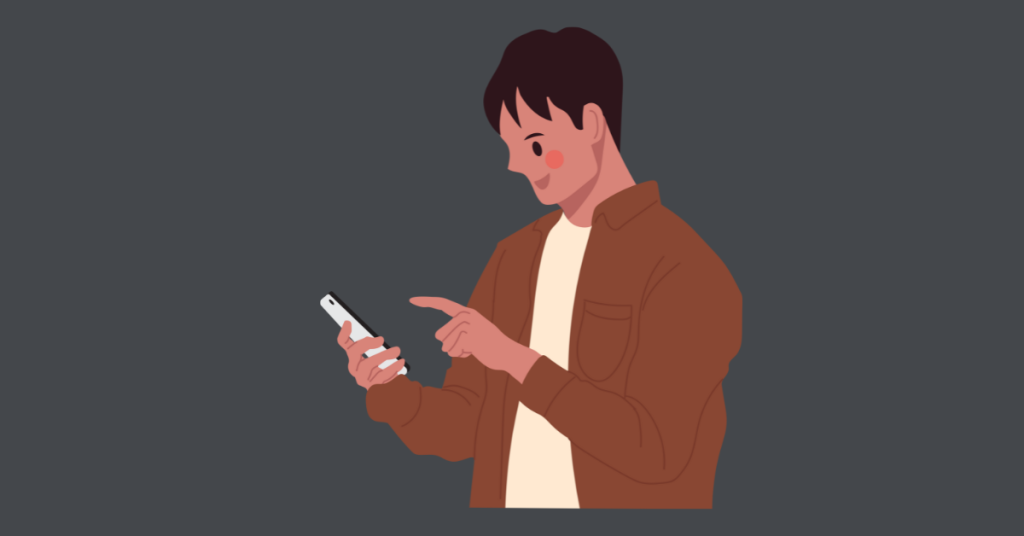We live in a world where Twitter is one of the main news outlets. The greatest celebrities and the most powerful statesmen in the world are sharing their official opinions via Twitter. Major studios are teasing their new movies on Twitter first, and for the majority of people, Twitter is the most important news source there is.
Now, outside of being just passive recipients of other people’s Tweets, people are Twitter users themselves. This too comes with a string of responsibilities and consequences. For instance, you see people facing outrage or even losing their jobs over something they’ve tweeted years ago. At other times, if you’re not careful, you may rapidly start losing followers.
The thing is that knowing how to use Twitter properly is not nearly as intuitive as it seems. Sure, registering a Twitter and understanding that your posts can be 280 characters long is quite simple. However, not a lot of guides take time to introduce you to some basic dos and don’ts of this platform. With that in mind and without further ado, here are some essential tips for better Twitter etiquette to get you started.
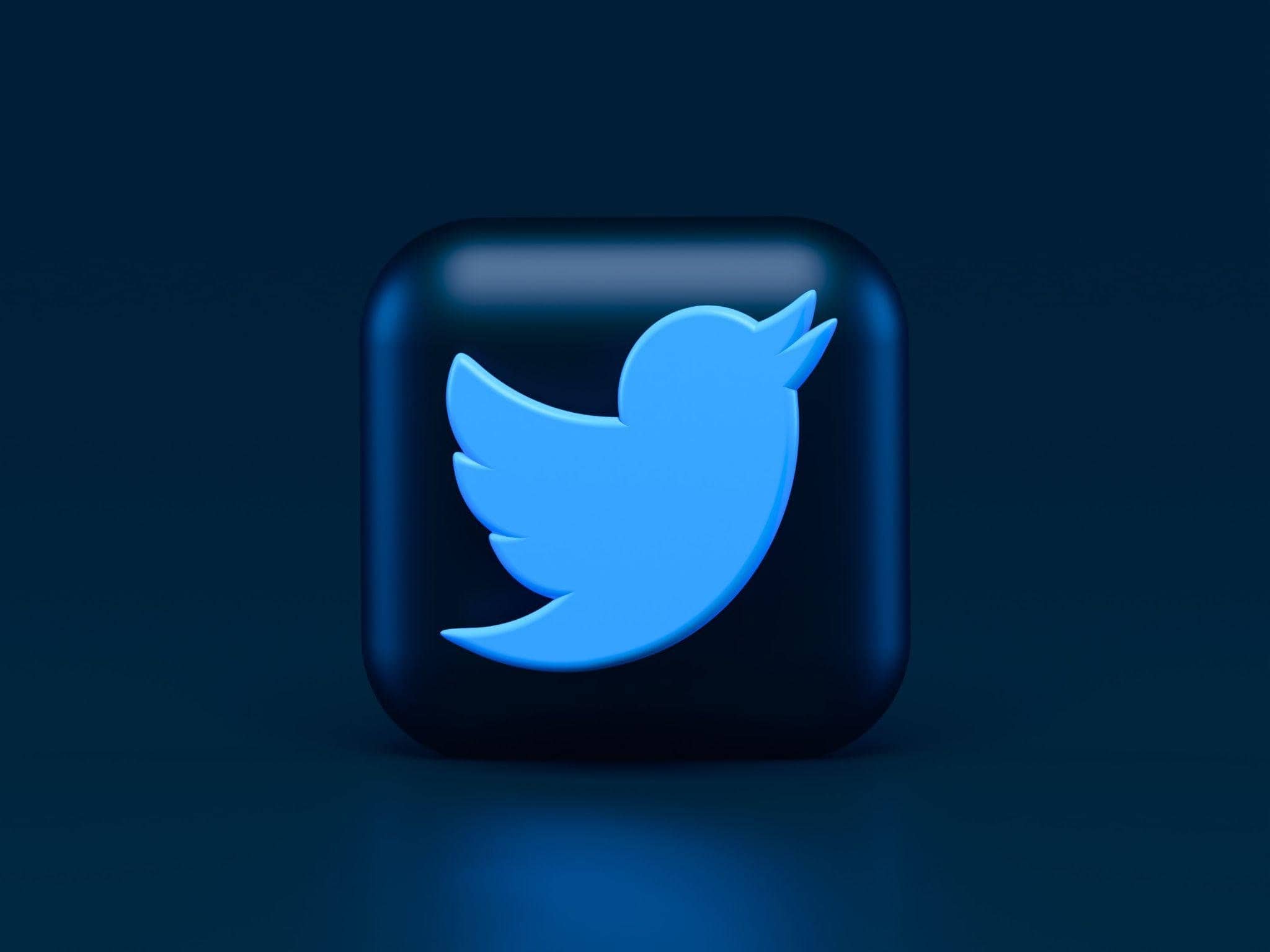
Twitter For Business Vs Personal Twitter Profile
If you’re running a business, it might be a good idea to make a separate professional Twitter profile. So, that’s it? After all, Twitter is Twitter and all you have to do is use it like you use your personal Twitter profile, right? Well, not exactly. You see, there are several important differences.
- Purpose: Your personal Twitter account can be about anything you want it to be. You can express your personal opinions, talk about your daily routine, etc. A business account requires you to stick to the point. While you can express an opinion, it needs to be a stance of the organization and only on something that concerns the industry. You also need to share valuable information and stick to the important talking points.
- Tools: Simply put, Twitter provides businesses with more tools to analyze their market and grow their reach. There are also features like Quick Promote, Twitter Shopping, Professional Profiles, etc. Needless to say, these are not available to personal accounts.
- Requirements: For a professional Twitter account, you need to fulfill several requirements. For instance, while you can name your account however you want, your account profile needs to have a name, a bio, and a profile picture. You must also confirm your identity. For a personal account, all you need to do is be older than 13.
- Profile photos: Now, there are two acceptable types of profile photos for a professional account. You can either use a headshot or a company logo. When it comes to personal accounts, there are no restrictions.
Now, while you should always list your source of information, as a business, this is far more important. For instance, if you’re a broker, mentioning the tools for traders that you’re using in your analysis is not required, but it is expected of you.
Whom Should You Follow Back?
On Facebook (and MySpace before that), everything was clear. Someone sends you a request, and by accepting, you’re forming a reciprocal online relationship. On Twitter and Instagram, on the other hand, you don’t have to follow back people after they start following you. This causes an eternal dilemma, who should you follow back, and is it fine to not follow back everyone?
Now, there are some strong arguments to be made for following everyone back:
- It’s just good etiquette. Will people be grateful if you follow them back? Not necessarily. However, they might hold it against you if you don’t.
- Following people back might get you more followers. People prefer pages that follow people back. If you can occasionally comment on their Tweet (or even retweet them), even better.
- You get so many sources of content, which is a real challenge for busy businesses.
The problem is that every Twitter has a limit. Now, the limit of being able to follow only 5,000 other accounts seems inexhaustible, but you know people on Twitter who have a following of millions. For them, following back everyone who follows them isn’t an option. So, if you have to choose, who should you always follow back?
- If you’re a business, follow your target audience. Some people are just more likely to become customers.
- If you’re a personal account, follow back people you know personally. Even if you don’t like them, it’s probably simpler to read a Tweet or two than to have an awkward moment once you meet them.
Once your business is large enough and you start being seen as an influencer, people will be more understanding of you not following them back. Until that point, try to be a bit more tactful.
Reasons to Not Follow Back Everyone
Now, we must make a quick digression and address some of the strongest arguments against following absolutely everyone who wants to follow you.
- Bulk following is a lot easier than bulk unfollowing. So, if you know that, at some point, you’re going to start bulk unfollowing people, it might be best to skip this step in its entirely.
- While this may sound ridiculous to you, a lot of people pay close attention to the follower-following ratio. Sure, having a slight discrepancy is fine, but following 4,000 people while having 120 followers yourself is a bit sketchy and might lead to people not taking you seriously. In other words, you don’t want to mess up your ratios.
- One of the main reasons why people use Twitter is because of the content. When following too many people, your organic feed will become a mess. Now, this isn’t an issue if you’re a bit more selective with whom you’re following.
- A lot of people don’t maintain active accounts. Discovering these dormant contacts is a lot harder later on, seeing as how they’re far from sight. When following people back in droves, you put yourself in an even more complex situation.
In the end, there’s no right or wrong answer here. Each of these two strategies makes sense in a certain context. That’s it. It’s all context-based, and it’s for you to decide. It’s a lot easier to decide, however, when you have all the facts.
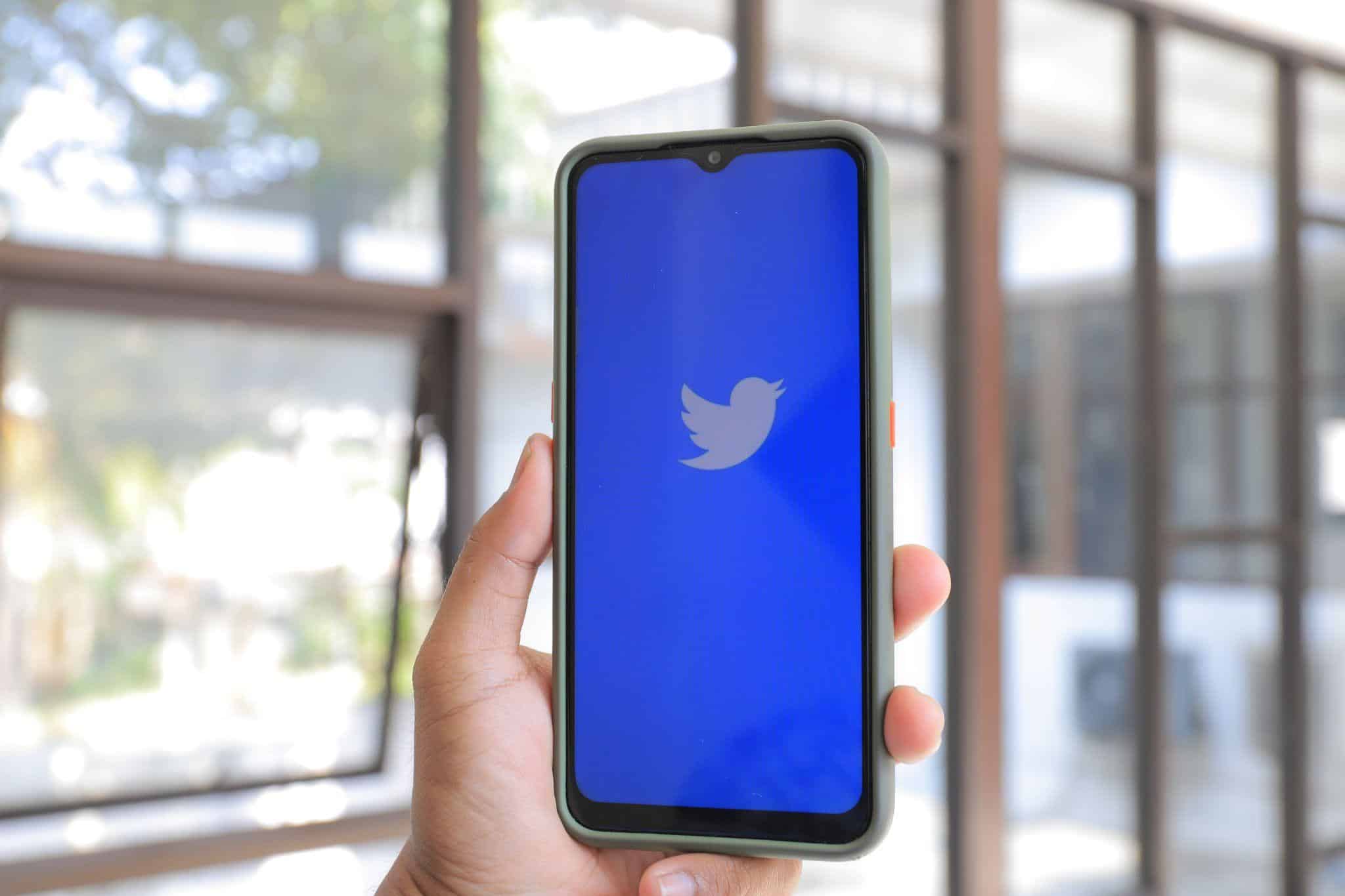
Some Dos and Don’ts
The biggest problem with Tweets is that they create an impression of being a monologue tool. A tweet is not the same thing as a direct message, which is a concept that a lot of individuals and brands have missed entirely. What you should do instead is start a dialog.
Don’t get offended if people don’t follow you back. As we’ve discussed in the previous section, not everyone’s obliged to follow you back, and that’s fine.
Try to avoid Tweeting too much. Now, while some put this limit at a different spot but you should never exceed more than 20 tweets per day. If you have more ideas than that, save some of them for days when you’re not as inspired. In other words, schedule your tweets or even make an editorial calendar.
Ask people for a retweet. Some people are your friends, partners, or allies. There’s no shame in asking them to retweet for you. Asking them to retweet for someone else can be even more impactful and portray you in a positive light. Just make sure that you’re there to return the favor (without even being asked).
Now, we’ve mentioned that you can use up to 20 tweets daily. Well, out of those 20 tweets, you might want to use 19 talking about others and one talking about yourself. While this seems like an absurd ratio, turning these things around or even going 50/50 will make you lose followers.
Don’t ignore when someone talks of you (even if it’s bad). Use clout and try to be as respectful as possible. Remember, no one has ever “won” an online argument. People on Twitter seldom argue rationally.
Everything Posted Online Is Online Forever
Deleting a Tweet or editing it is not a 100% reliable method of handling a bad tweet. Everything uploaded online is online forever. Even if you delete or edit it, there’s still a chance that there’s someone who saved a screenshot. Sure, it’s been years since your “problematic” tweet, and no one has posted it online. Does this mean that you’re safe? No, not really.
The only way to efficiently avoid this problem is to adopt the right mindset. In other words, whenever you’re about to push the tweet button, remind yourself that this will now be online forever. If this thought makes you uncomfortable in any way, pause for a second and rethink whether you should post it at all.
You Have an Obligation to Tweet
People are following you on Twitter to hear your opinion on the latest matters, to get entertained by the content you put out, or to hear of your latest offers. In other words, you owe your followers their regular dose of your tweets. Just keep in mind that retweeting others won’t cut it. You need some original content, as well.
Now, remember that people want to retweet content they like. It’s another reason why they follow you, and it’s a trend that will benefit you greatly, as well. To make this easier and simpler, you should use only 260 characters in your post. This way, people can put RT@username before they copy your tweet.
Out of sight, out of mind is especially applicable here. If you don’t retweet regularly, people will simply forget that you’re there. This is one more reason why having an editorial calendar and scheduled tweets is such a great idea. Moreover, it’s a fact that posting during some parts of the day gets you better engagement. So, the schedule of your Twitter posts can be just as important as what you’re posting.
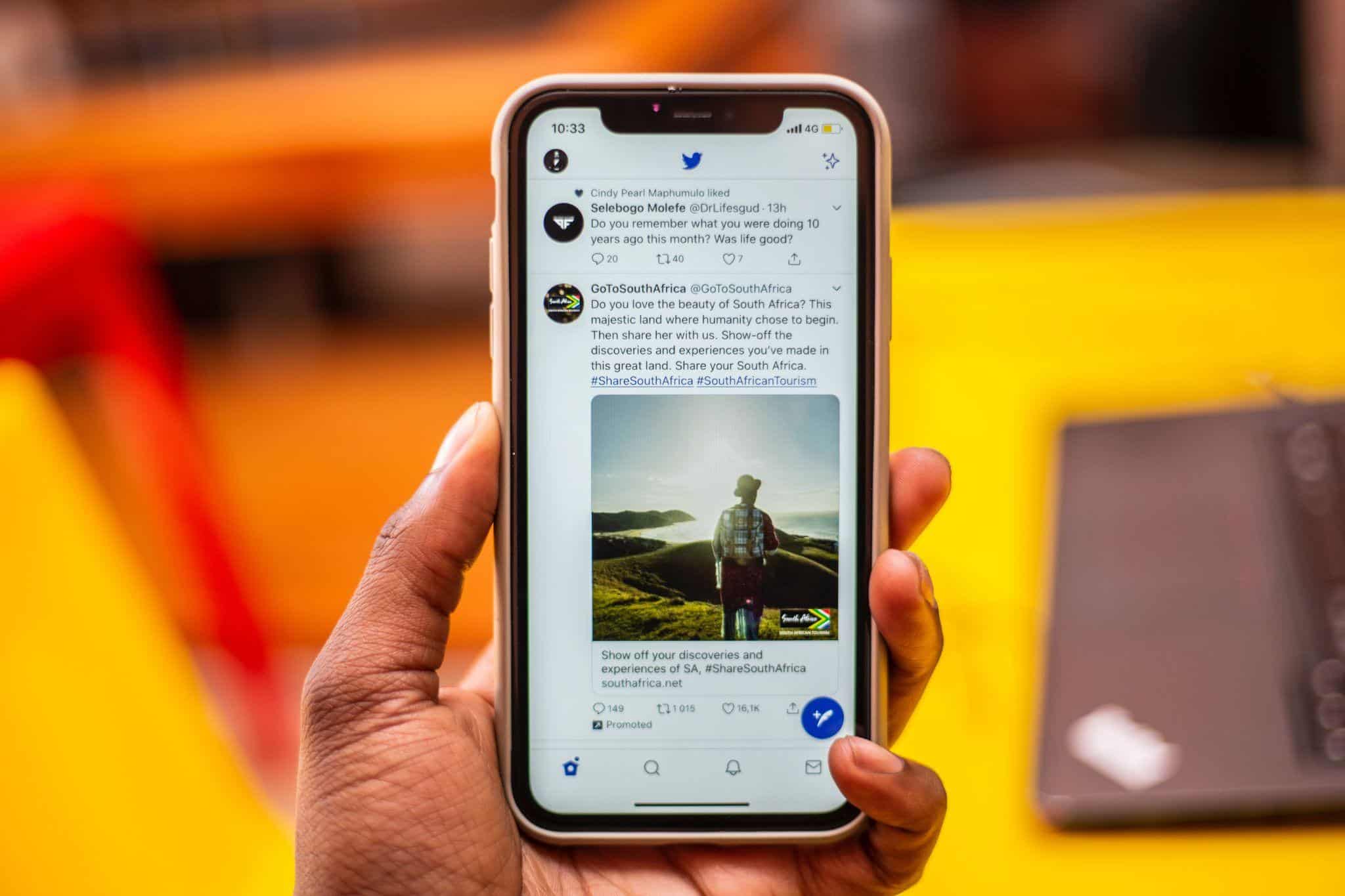
Master the Terminology
Now, mastering Twitter terminology is hardly a challenging task. The problem is that it’s been so long now that you feel embarrassed for not asking about some of these terms earlier. Even terms as simple as:
- Bots
- DM
- Feed
- FF
- PRT
It can be quite confusing. Still, you don’t have to ask. All you have to do is go on Google and check it for yourself. Another thing, while Twitter is great for starting a conversation, it’s incredibly important that you understand one thing – Twitter is not Google, and you shouldn’t use it that way. Asking a question on Twitter takes as much of your time and effort as typing it in google (or even saying it into your microphone). Sure, there’s no rule against it, but it can low-key annoy some people.
Be Nice
While this may seem a bit too abstract, the truth is that it’s pretty simple to understand and uphold. Don’t be negative, don’t insult people, and don’t spread spoilers. These are the things that you would hate if they were done to you, so the least you can do is avoid doing so to other people. All of these behavior patterns can lead to a loss of followers (as they should).
The world is not all sunshine and roses, and you don’t have to be positive all the time. However, if you’re always spreading negative energy, this will soon come to haunt you.
In terms of spoilers, there’s a certain common-sense rule of when something stops being a spoiler. Sure, spoiling an episode that was just out is a bad move. However, mentioning something from a movie that went out ten years ago can be seen as a spoiler only by someone dead set on nitpicking. On Twitter, however, you’ll meet these people in abundance. Still, if you can’t avoid these accusations, you shouldn’t worry too much about them.
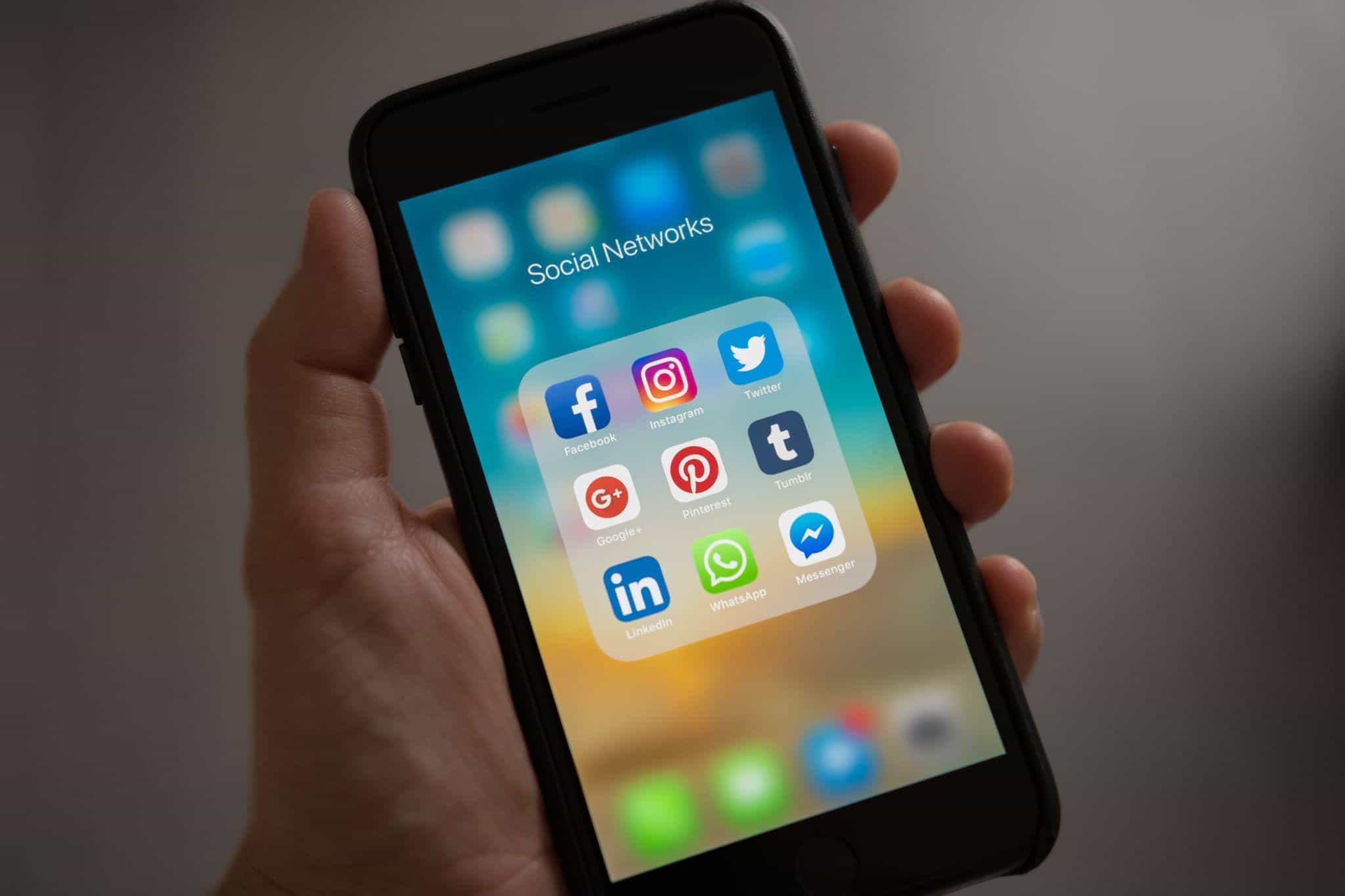
Summing Up Twitter etiquette
The truth is that while a list of tips and tricks is handy, there’s no way to learn how to navigate the Twitter landscape until you’ve gained at least some experience. Sure, some behavior patterns are wrong, but for the most part, you’ll have to rely on the trial-and-error method (and quite heavily so). So, look for some resources and try to come prepared. Keep in mind that if you want to make some serious results on Twitter, you need to take Twitter seriously.
